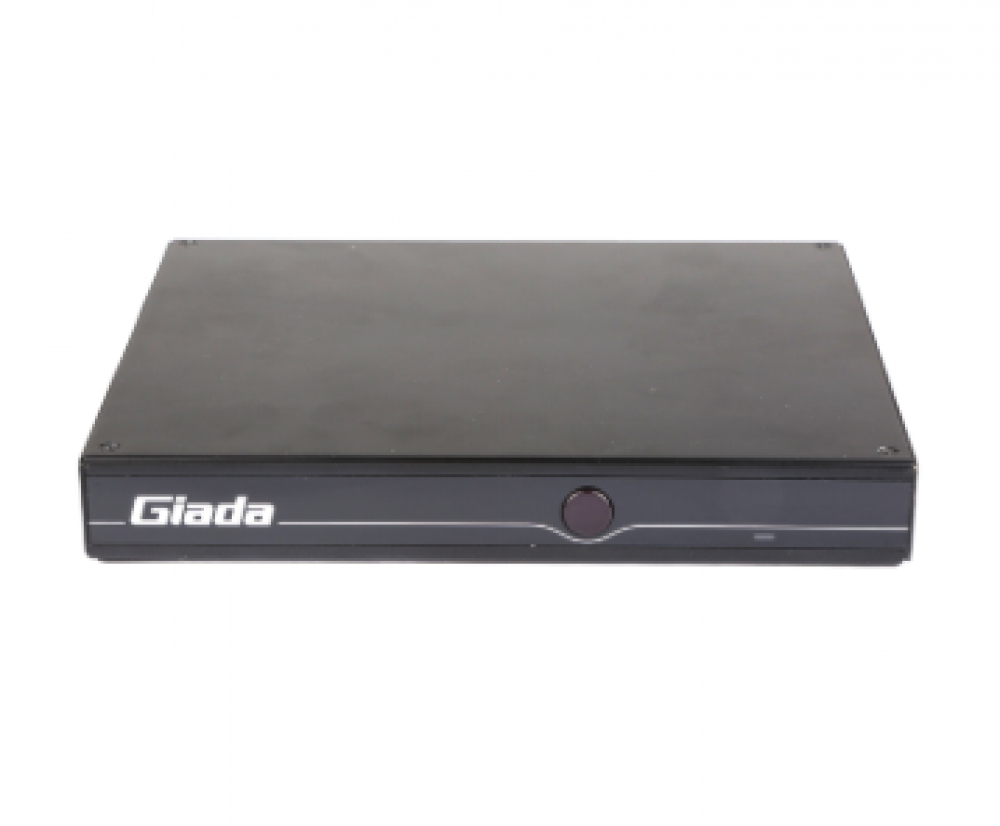
I had OSMC with KODI running, but nothing else, i.e. no thermal throttling seems to have occurred (nor did the case get hot, so a really good passive cooling - or the contact between CPU and case is bad, but then thermal throttling could have been expected). I did run it with 4 cores being busy for an hour, and the measurements did not change, e.g. (So it seems the reduced clock saves power). With 4 cores being busy, it clocks up to 2.19 GHz and consumes between 11.4 W and 12.0 W. With 3 cores being busy, it clocks up to 2.35 GHz and consumes between 11.8 W and 12.1 W. With 2 cores being busy, it still clocks up to 2.4 GHz and consumes 10.3 W. With 1 core being busy, it still clocks up to 2.4 GHz and consumes 7.2 W. The J4105 clocks down to 0.78 GHz when idle and the power consumption of the whole system (with one mSATA and one SATA SSD) is then 3.8 W. CPU load was generated using a batch file containing an endless loop.
IBOX V2000V INSTALL
Intel J4105 measurementsĪs I did not install Linux yet, it was running Windows 10 and idle refers to having only the built-in task manager running in foreground (to display clock frequency) and all the background services that Windows 10 has by default.

Both systems were connected via FullHD HDMI to a monitor. Hence, I did some tests and measurements using a cheap power meter that claims to have a 2% precision. The J4105 system has for sure more compute power than the Raspi's ARM CPU, so the remaining question is the power consumption. The J4105 came as well with a case that allows passive cooling - while it is still tiny for a PC, it has approx. in particular (Docker) containers only available for Intel.īoth systems can be passively cooled: for the Raspy, I used a cooling case from - it cools well, but the metal affects the range of the onboard Wifi (not that relevant for a server).

However, the biggest advantage is that it is (obviously) able to run Intel-only code, e.g. While Qotom mini PCs are slightly better documented, they typically have less powerful CPUs: even though they have Core i3 CPUs, these are so old that a more recent Celeron CPU is faster) based on a Intel J4105 CPU (= TDP of 10 W, 4 cores, 1.5 GHz base frequency, 2.5 GHz burst frequency) which has over the Raspi the advantage of native SATA ports (one standard SATA connector with 5 V power supply and one mSATA connector carrying 3.3 V power supply - I am currently waiting for an mSATA to SATA adapter and a 5 V SATA power splitter cable to be able to have a RAID system of two SATA SSDs - mSATA SSDs are only available in smaller sizes).

While I intended to use a Raspberry Pi 4 as a small server, I also ordered from China a small system (BEBEPC, comparable to the Qotom mini PCs.


 0 kommentar(er)
0 kommentar(er)
